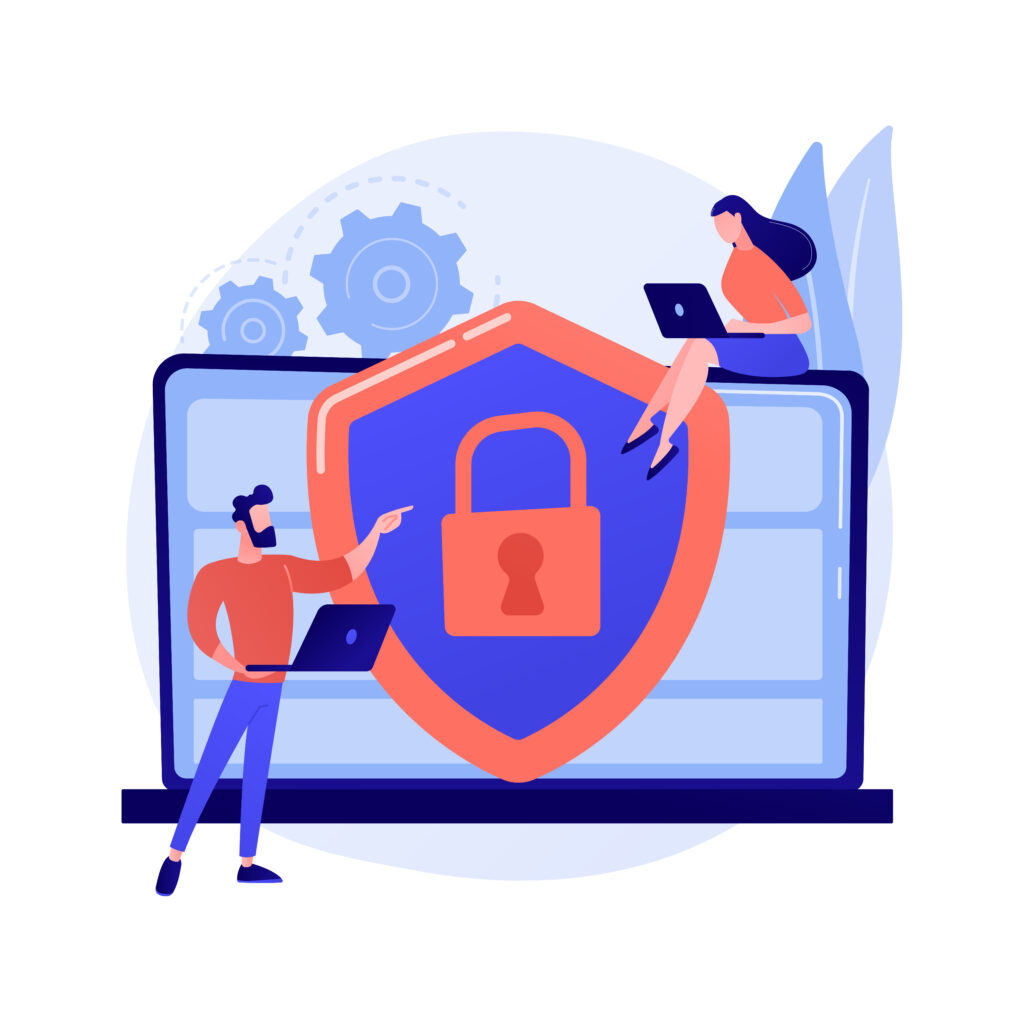The security-centered corporate culture isn’t important if you want your data to leak away. All the measures you take to protect sensitive information will be useless if the employees don’t understand their vitality. Simple integration of security software can minimize the risks, but what’s the point of spending money on sophisticated programs if people don’t follow the instructions and neglect their duties? In this article, we’ll give some recommendations on building strong respect for the security in your company.
The Significance of a Security Culture
Culture is not just a set of rules or recommendations. It requires deep exteriorization of certain points and personnel transformation into the self-balancing system. Culture means following the rules as a result of their understanding and acceptance. Security culture includes three aspects: knowledge, attitude, and behavior.
- Knowledge. You are responsible for providing necessary information about cyber risks and their characteristics. Lax ideas of a subject can lead to myths creation and underestimating the real threat. Read about cyber threats and explain them to the employees in simple language.
- Attitude. It is the main component that determines the actions. In the next section, we’ll talk about the formation of the desired perspective to the security questions in your company.
- Behavior. It’s the final component, a result of knowledge and attitude. You can control the behavior in two ways: a) direct management, including punishment for mistakes and encouragement for the right actions and b) indirect management, where the collection takes the regulatory role. With well established organizational culture, you’ll get access to both methods.
Measures for Security Culture Creation
As you know from the previous point, attitude is the main part you should concentrate on. It will only work if your firm’s security is well organized. You can read about security measures for a big data company and analyze your current situation. If everything functions well, it’s time to jump right into the human element side of it.
1. Make the significance visible
The human brain defines the problem as important if other people make everything to solve it. It means that your workers should see the particular action of the security department, not just discussions of the issue. Ask security specialists to arrive at the other employee’s workplaces more frequently; this action alone can raise the significance of the security in the eyes of the workers.
2. Fake it till you make it
Remember we told that attitude determines behavior? Well, good news, the connection works in the reverse direction. If you ensure certain behavior, it will soon lead to the desired attitude.
3. Eliminate the gaps in knowledge
This stage requires a lot of talking. Please don’t rely on different questionnaires and feedback; they usually can’t give you the whole picture. You need to inspect the knowledge of every employee personally.
4. Make use of emotions
One scary story works better than ten webinars on the significance of cybersecurity. This content should target the emotional aspect, not the intellectual one. You can order such an article on adsy.com and receive the required material and placement on targeted resources. It’s an interesting option with multiple benefits.
5. Find reasons for a negative attitude
Some employees may see the security measures as an obstacle or as an overcomplicated, unnecessary burden. Watch the workers determine the reasons for staying behind and the rules’ negligence. In most cases, it’s enough to adjust the procedures to the employee’s needs, and compliance with the rules will be ensured.
6. Use collective training
Team building is not an empty phrase; people like to belong to the group. If you train your employees together, you save time and raise the efficiency of this education. Collective training helps to form a common attitude to the security problem. Do you remember the regulatory function of the group? This is the first step to building such a self-adjusting system.
7. Ensure the security of connections
Your employees can be the perfect examples of proper security behavior, but the danger may come from the outside. Don’t forget about the suppliers and partners. If you take responsibility for training these outsiders, you’ll prevent the possible risks and show the importance of cybersecurity to your company workers.
8. Stress the personal aspects
Usually, people take the security of their home and personal life more seriously than the same aspect of the professional field. You need to highlight all the benefits of a secure working environment to them personally. Demonstrate the measures you take to protect their personal information and related matters.
9. Don’t overcomplicate the explanations
There is a saying: “If you can’t explain physics to the third-grader, you don’t understand physics.” The same is true for any complicated subject like cybersecurity. Speaking on the subject, don’t use complex terminology to look clever. The good security level of your company is a much better sign of your intelligence.
10. Include cybersecurity in performance evaluation
Consult with the security department to define certain criteria for the security efficiency evaluation of every employee. It will give you the whole picture and show the weak points requiring the improvements. It will also make clear for everyone that you take cybersecurity extremely seriously.
11. Assign the responsibility
Each security aspect should have one responsible person. In this case, more doesn’t mean better. Shared responsibility is not as efficient as a personal one. Assign some security duties to the middle managers, bringing the desired culture to their departments.
12. Set clear requirements
If the rules aren’t clear and contradict each other, the workers will feel confused and unconfident. Revise all procedures you implemented over time and find the gaps and discrepancies. Make sure all the workers understand safety regulations.
As you can see, building a solid security culture in the company is not impossible. This complex issue requires complex approaches and actions on different levels, but protection from cyber threats is worth the effort. Proper security works well not only for the company but also for the workers. They can realize their potential in a safe and stable environment.
Mary Hunter

